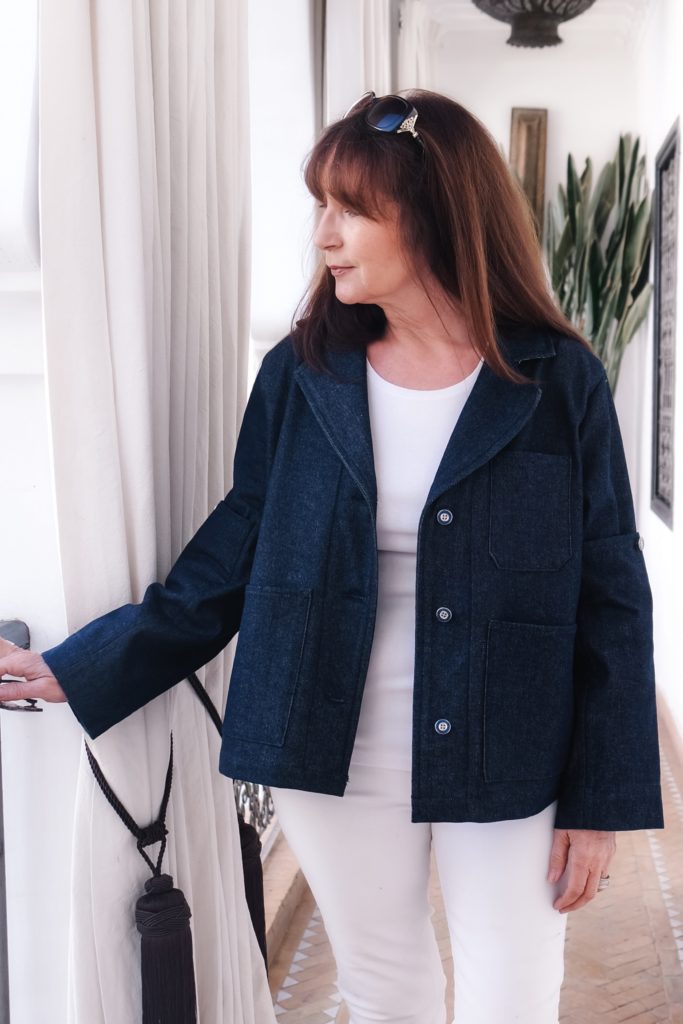
Following the the success of making the long belted Closet Core Sienna Maker jacket, I decided that I just had to make the short chore version.
Why should you make the Sienna Maker Jacket? It is the perfect boxy shape for wearing over T-shirts in the spring and sweaters in the autumn months. It is a jacket that you will be able to wear throughout the year.
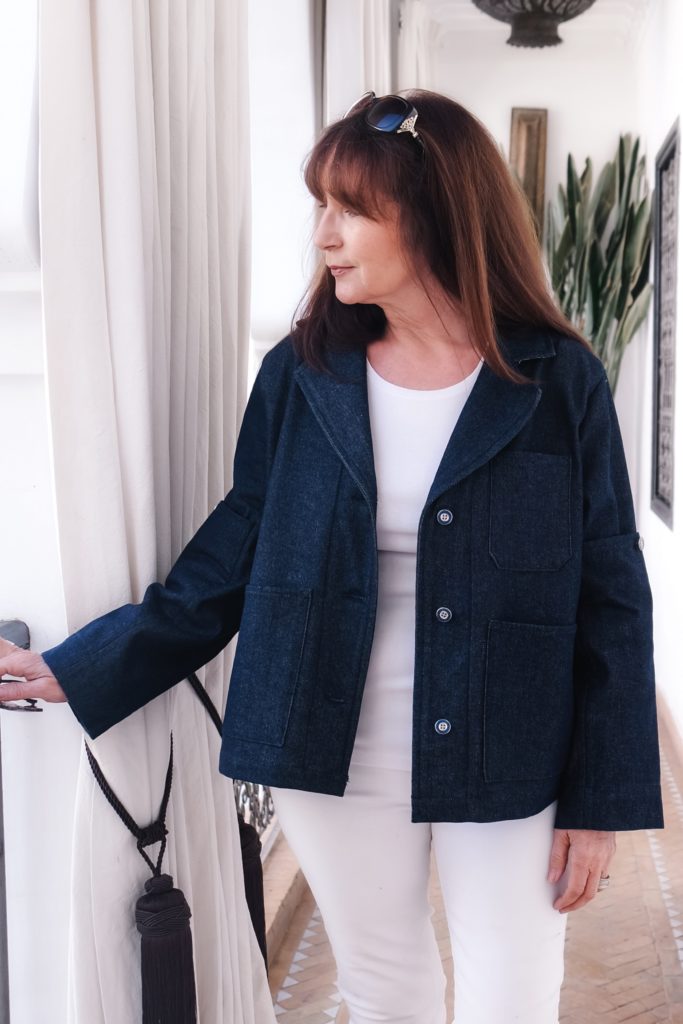
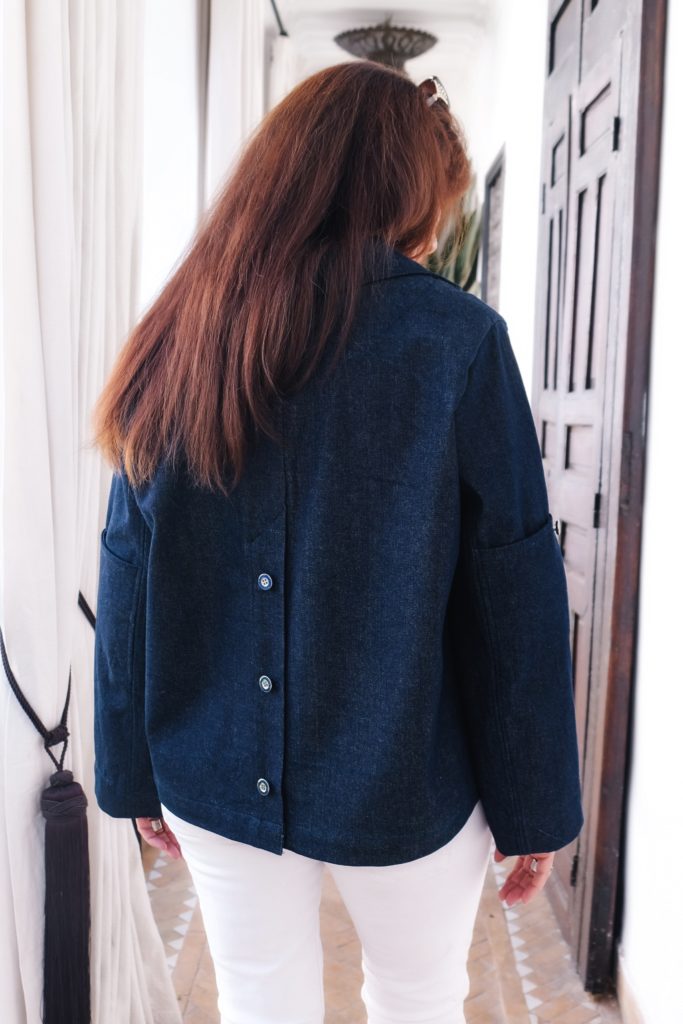
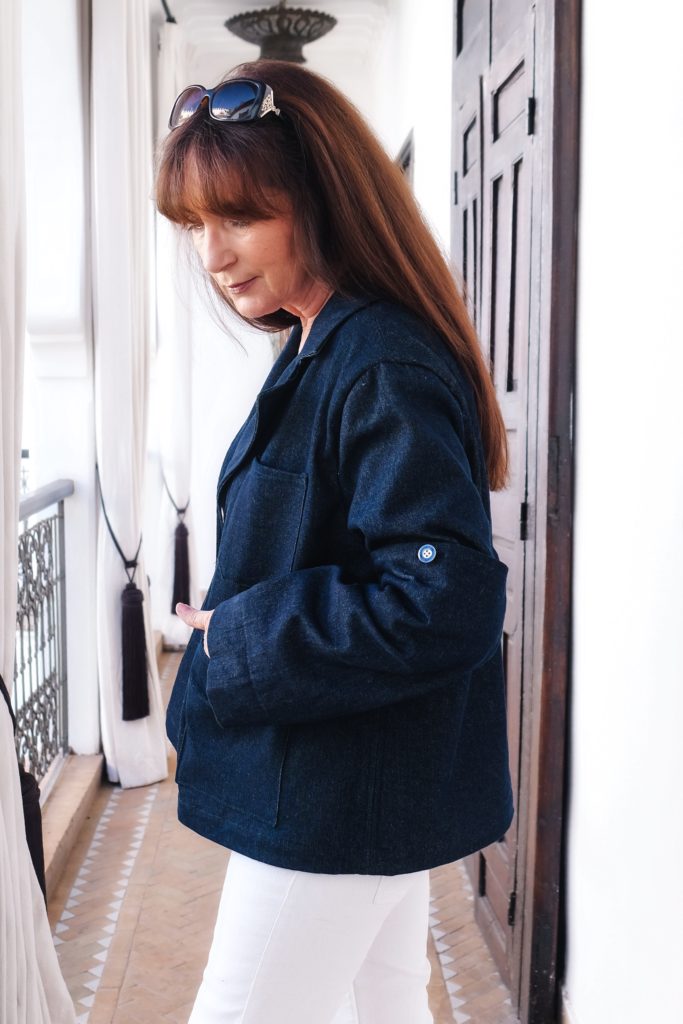
The Pattern
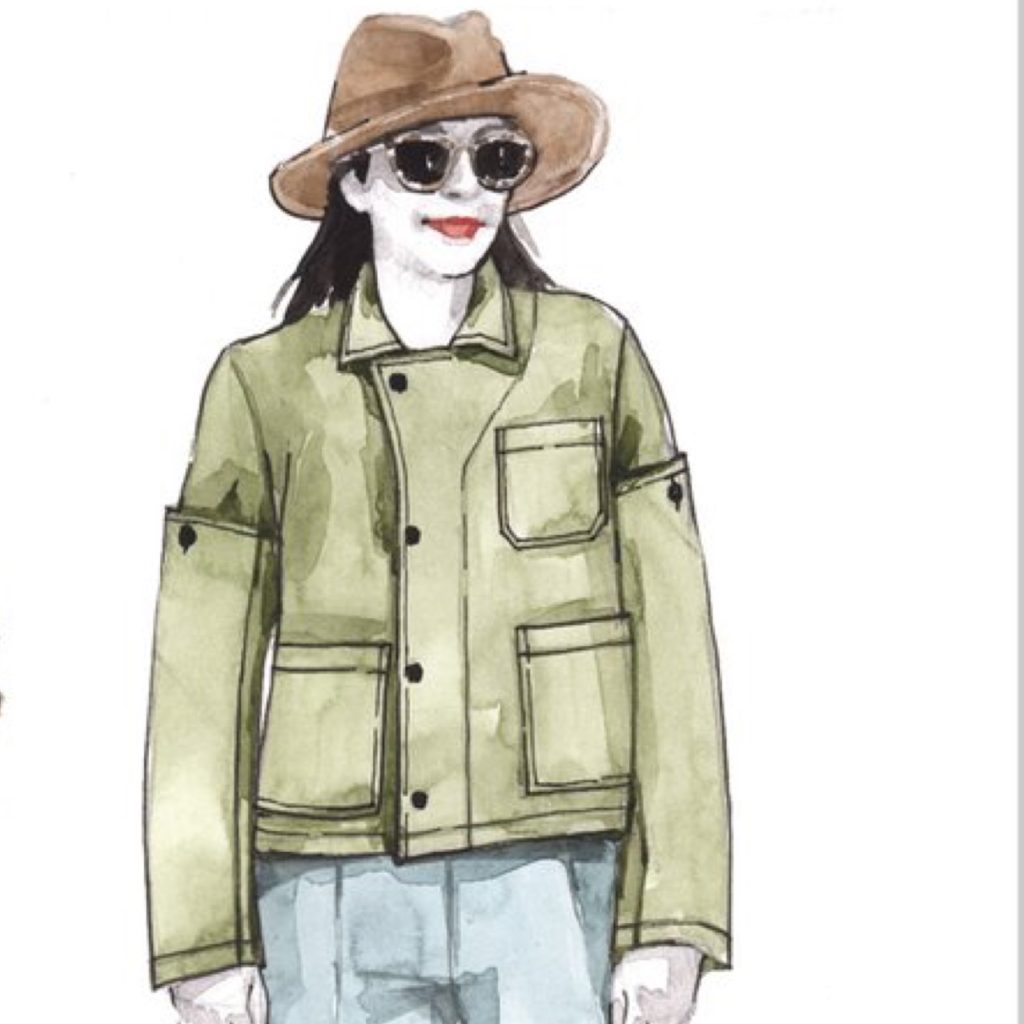
View C is a short chore jacket with a button closure, optional sleeve pockets and a back button placket.
Incorporating large patch pockets, this jacket has great style and is supremely practical.
The jackets is unlined and so requires the seams to be finished using French or Hong Kong seams, as they are exposed.
The Fabric
I decided to use denim once again (see my previous make). It seemed the perfect fabric for a work-wear jacket.
I purchased the denim as before in my local market, along with suitable jean buttons and rivets.
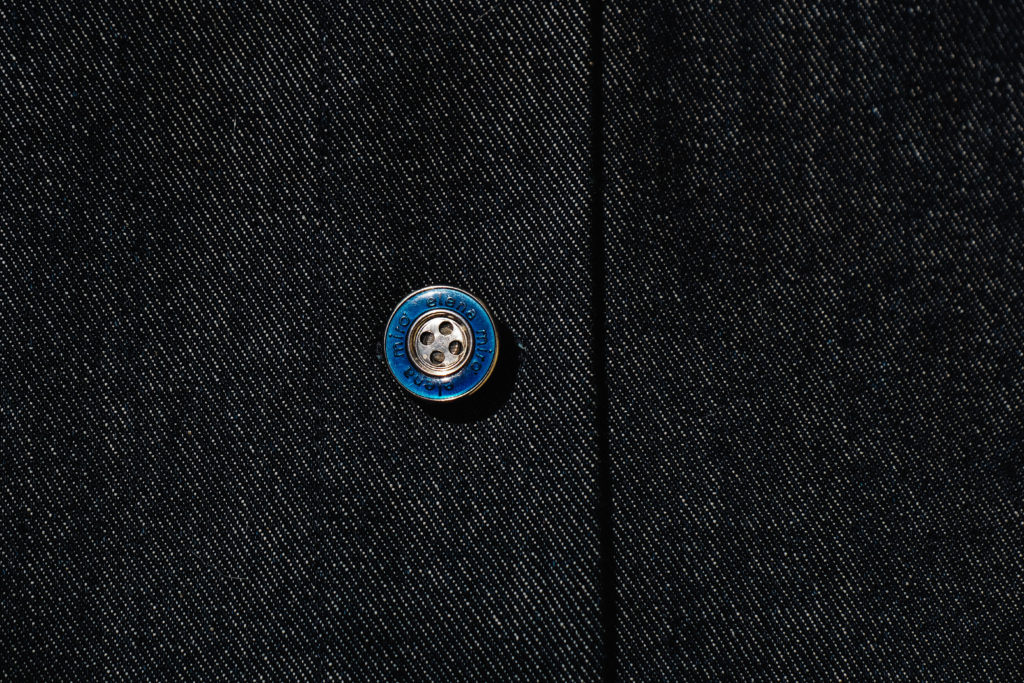
Having finished my previous jacket using French and Hong Kong seams, I decided to do the same again. Having had plenty of left-over scraps of cotton gingham in my stash, it was just perfect for the job!
Preparing The Bias Binding For The Hong Kong Seams
I had only made bias binding once before and had looked up how to do this on Pinterest. I found the following link and made a sample:
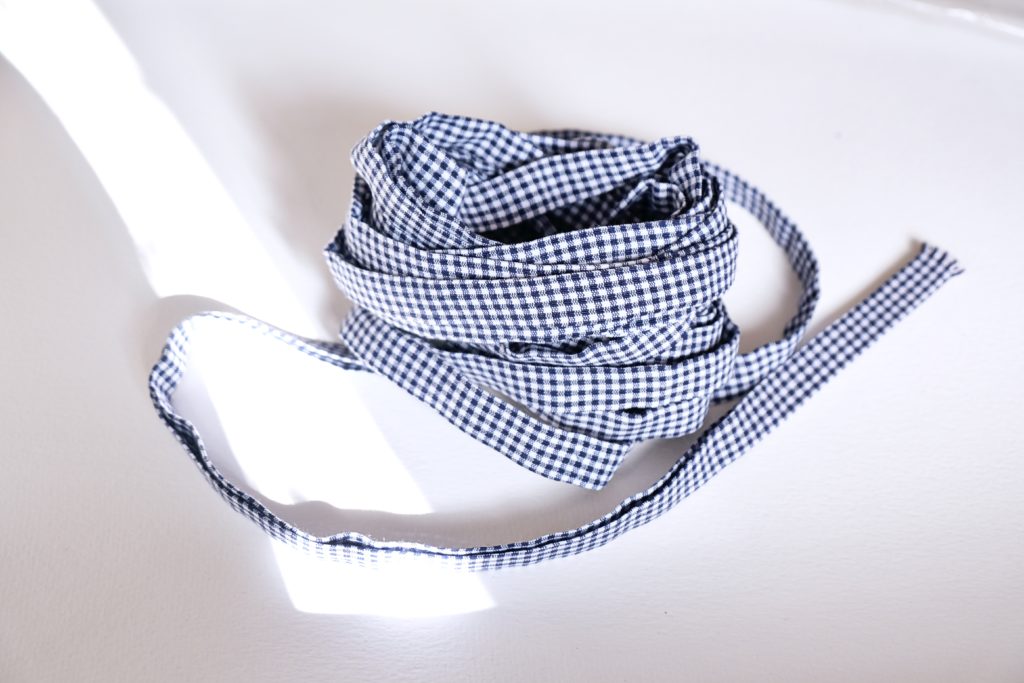
For me there seemed to be too many joins close together using this method, probably due to the fact that I was using fabric off-cuts. I unfortunately found the results to be messy . For this jacket the seems are mostly straight and I did not need tape cut on the bias. I therefore decided to simply make tape with as many long straight strips as possible. It worked perfectly and and with fewer joins on the continuous tape it looked so much better. Please read my previous post for the Sienna Maker jacket for details.
https://www.designsbypetro.com/BiasBindingPdf1.pdf
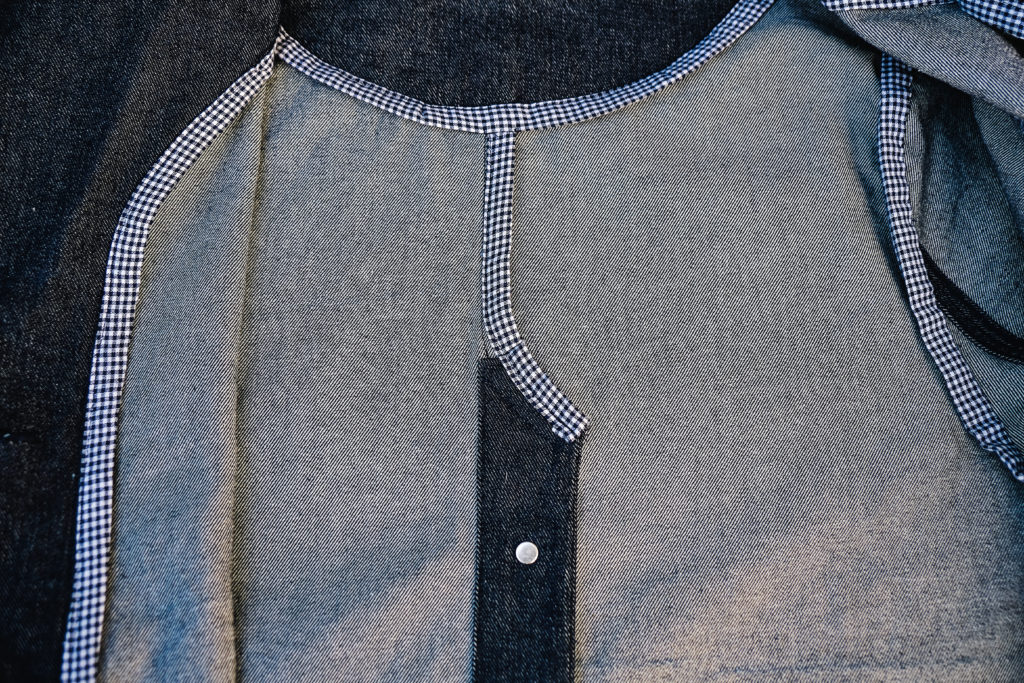
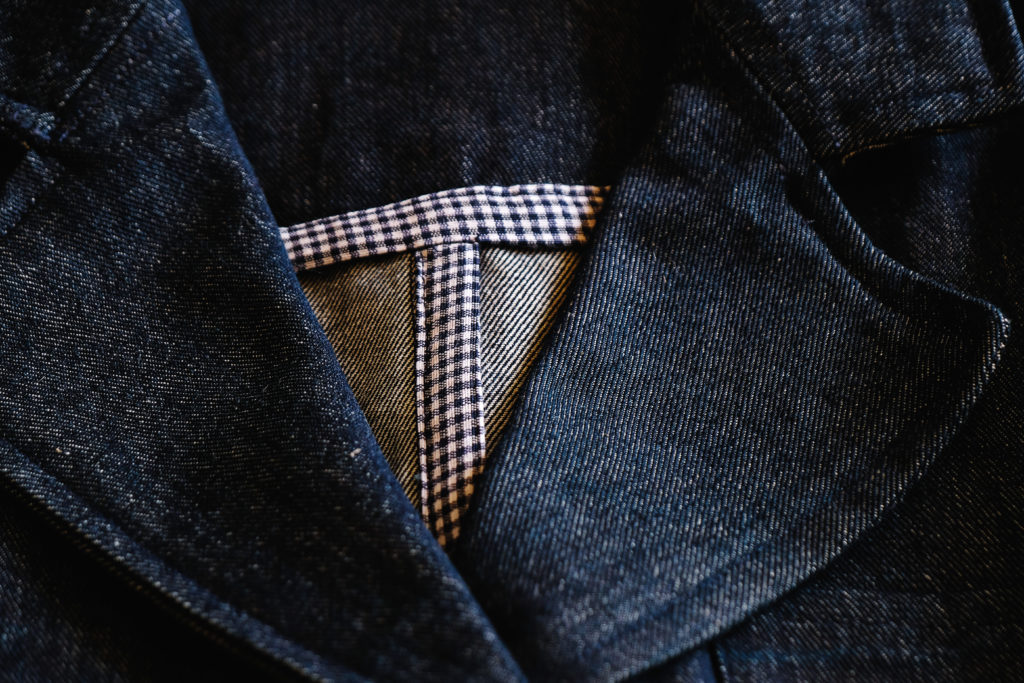
Making The Jacket
I immediately overlocked all raw edges of the pattern pieces to preserve a flat clean finish. I also believe that this prevents the fabric fraying when washed and causing the seams to bulk.
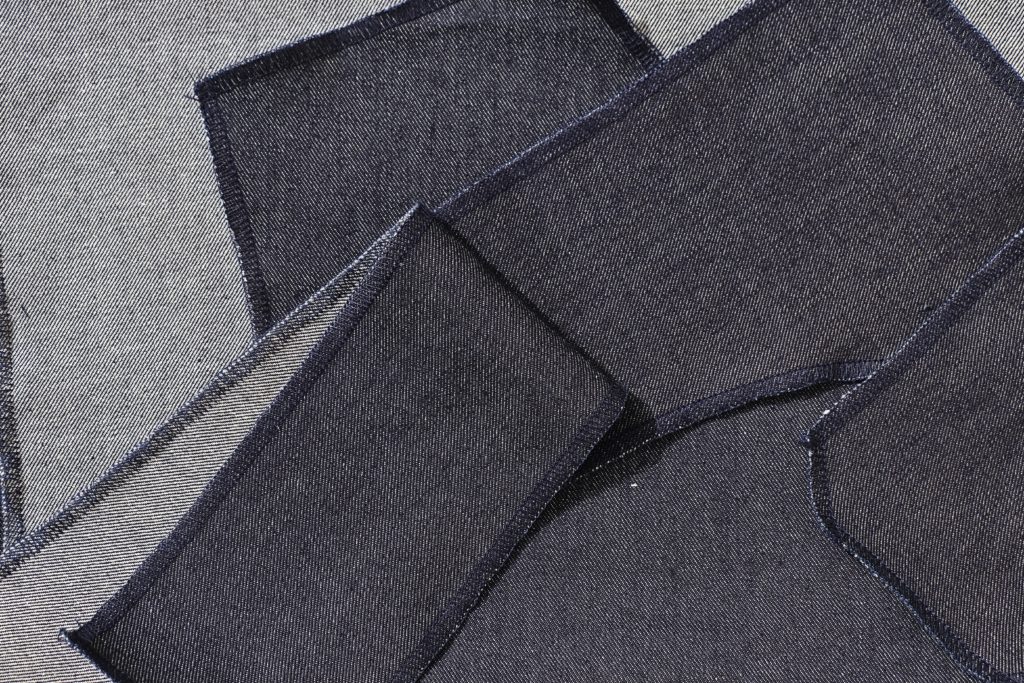
I then attached the bias binding to all seams that were not to be finished with French seams. I found it easier to do this before stitching the sections together, having less fabric and bulk to manoeuvre. I finally finished all the remaining seams using the French seam method by machine, or hand when not possible.
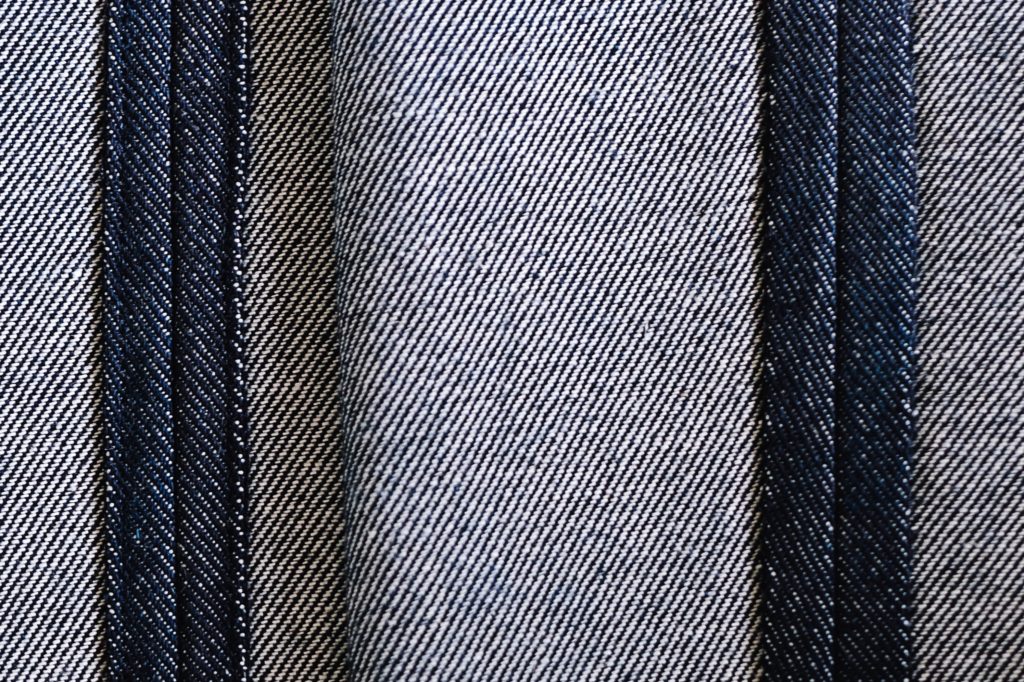
Once the collar and facings are fitted, it calls for the two layers to be stitched together. Due to the bulk of the Hong Kong seems, I found it easier to sew along the joint using a zipper foot.
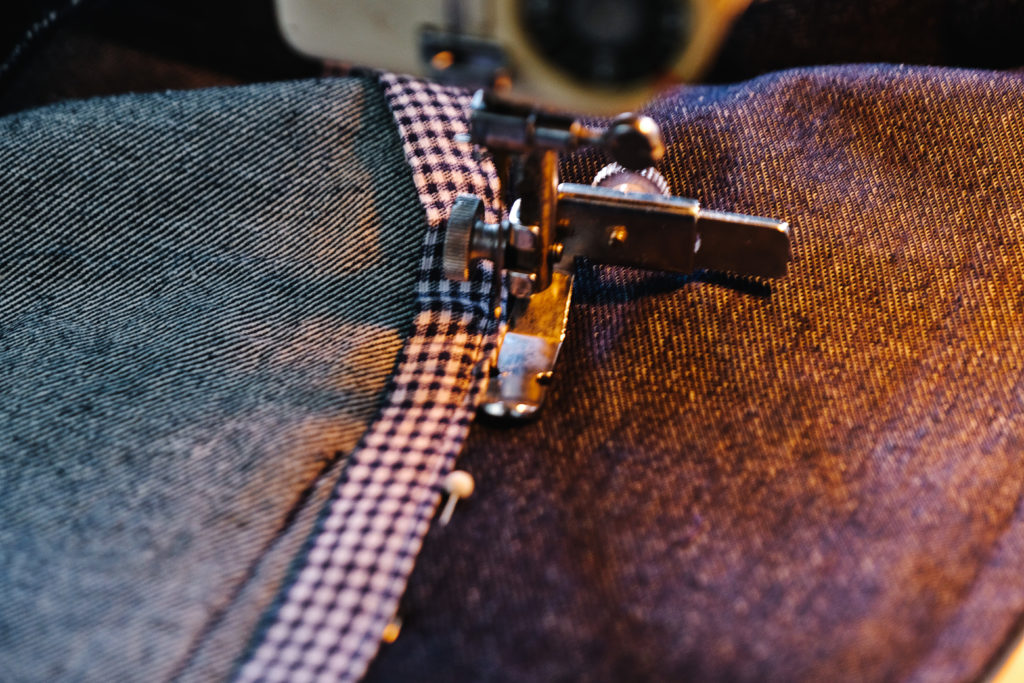
Tips And Alterations
▪️I immediately overlocked all the raw edges of the pattern pieces to prevent the fabric from fraying. This also gave a neat edge to finish to with the bias binding. I believe that it will also help when washing the jacket.
▪️I finished as many exposed seams as possible with bias binding before making up the jacket. This made it much easier to handle and achieve a better finish.
▪️I lined the sleeve pockets in the same gingham used to make the bias binding.
▪️I completed all other edges with French seams.
▪️I omitted the hidden breast pocket, it seemed one pocket too far!
▪️When top stitching the facing to the main body of the coat I used a zipper foot to closely follow the edge.
Conclusion
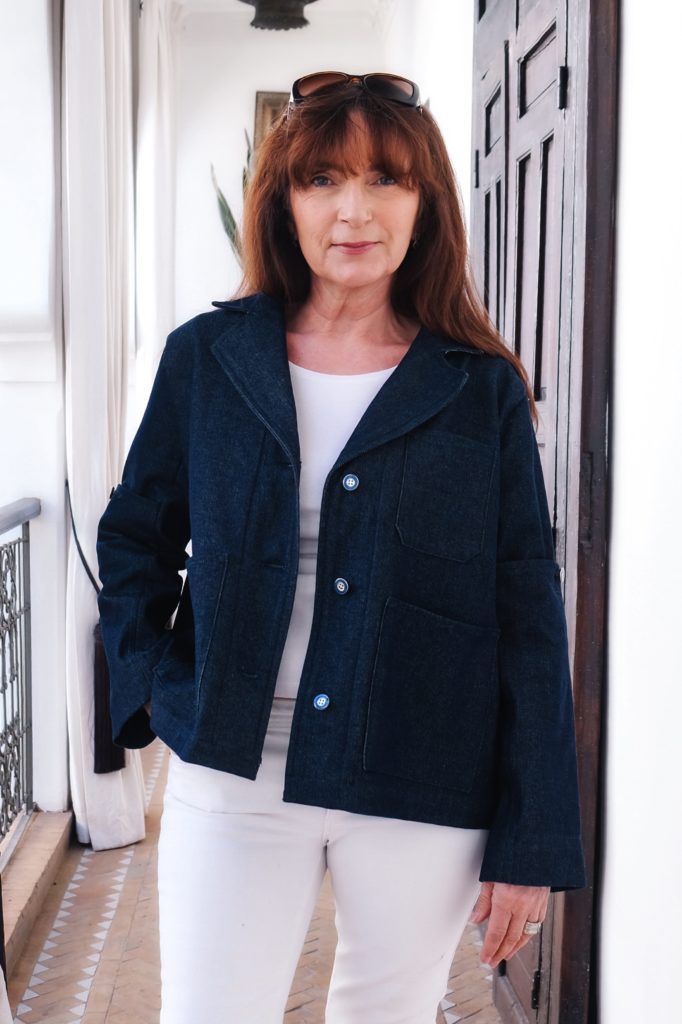
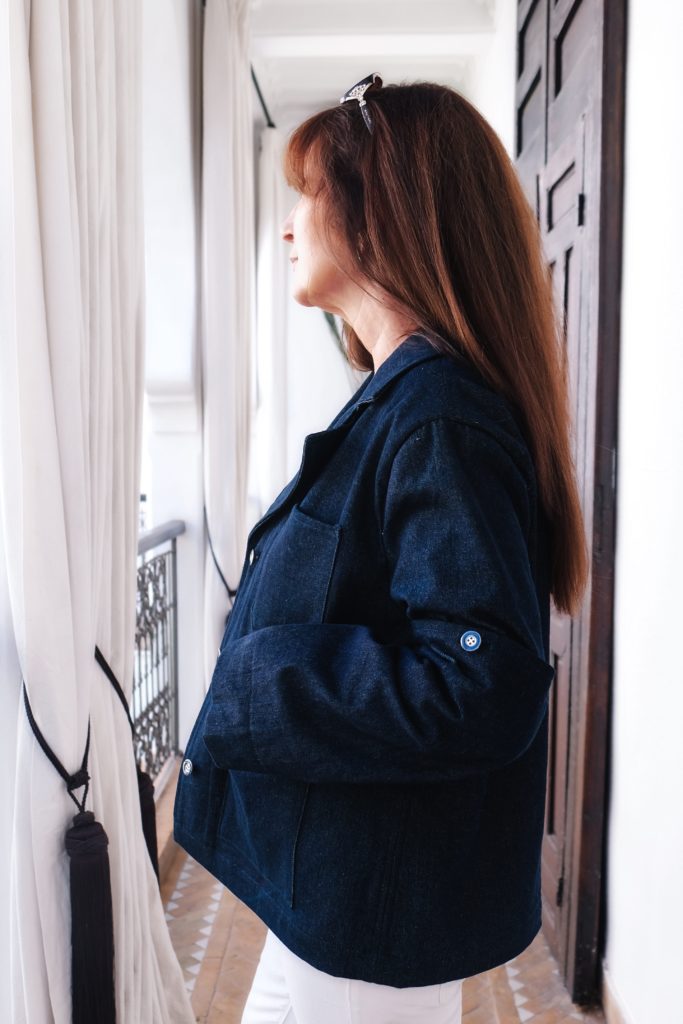
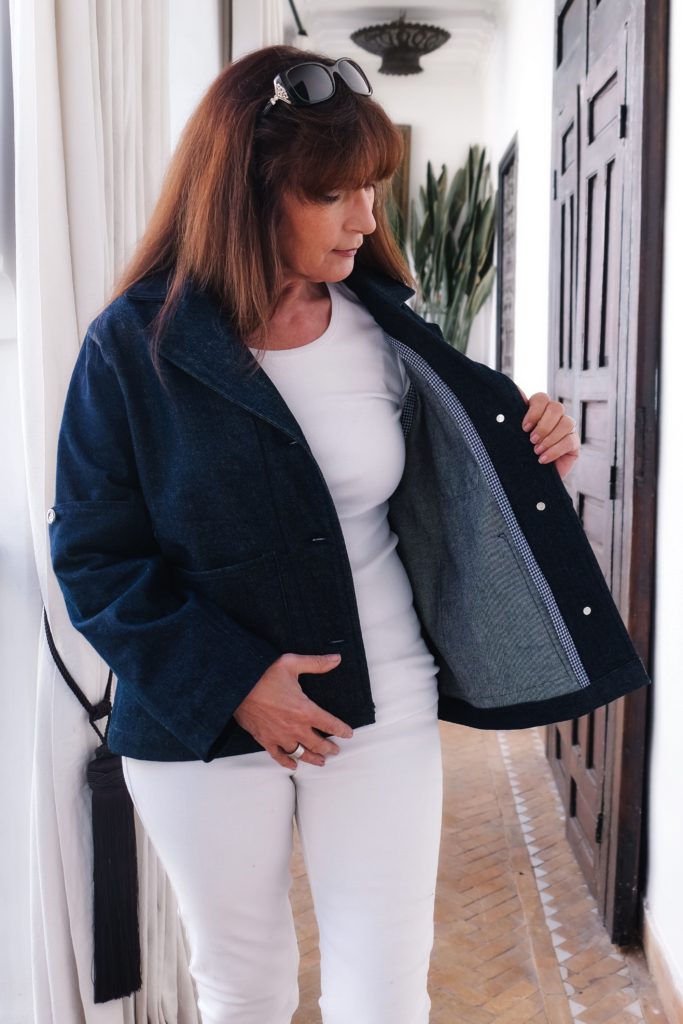
The Sienna Maker chore jacket is a fairly straight forward jacket to make. The shape is simple and unstructured, there are no darts and it is unlined.
I have to admit that I love the finished jacket. It is roomy, comfortable, practical and of course stylish! It really is different to anything ready made and certainly worth the effort to make.
The jacket is great worn over T-shirts, and yet is roomy enough to wear over chunky sweaters. A great all season jacket perfect for layering.
It is a jacket packed with details. numerous pockets, including those found on the sleeves which are optional. The deep back vent detail adds an unexpected touch.
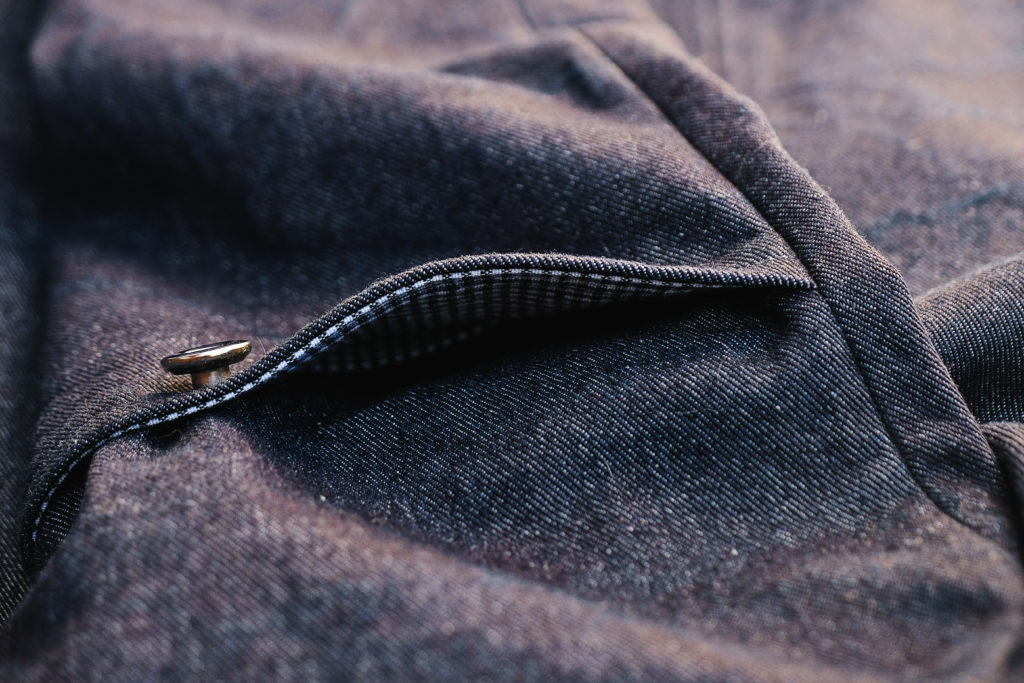
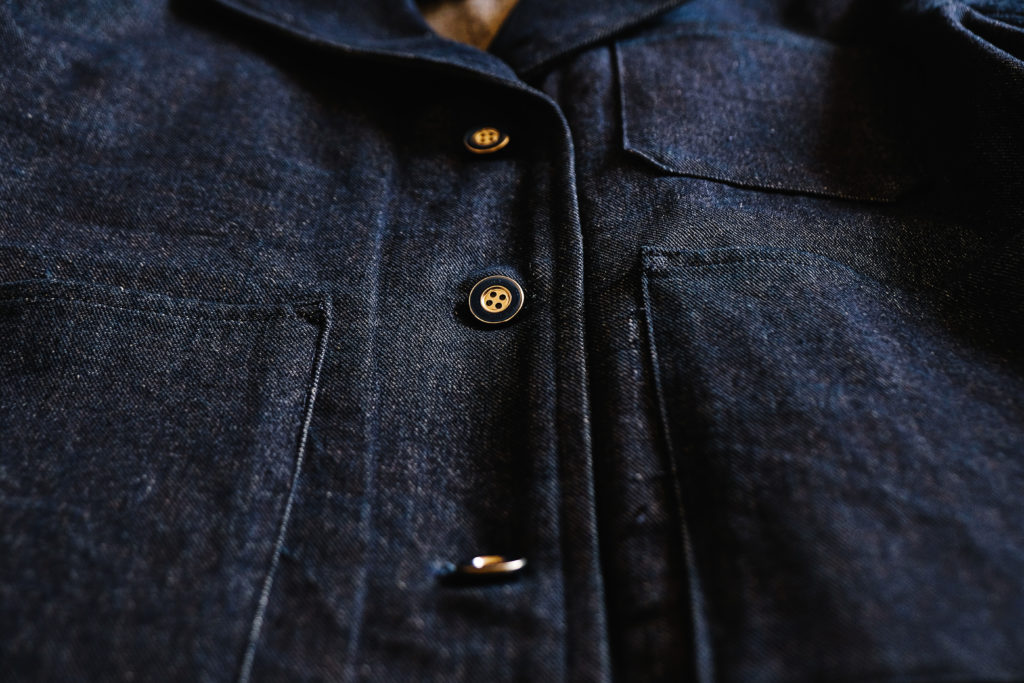
I would also consider lining this jacket, if made in a wool or similar fabric. It would save having to finish the seams and would add to the warmth of the jacket if worn in cooler months.
All in all I am very pleased with this jacket and will certainly be making further versions, probably in a linen or canvas for the summer.
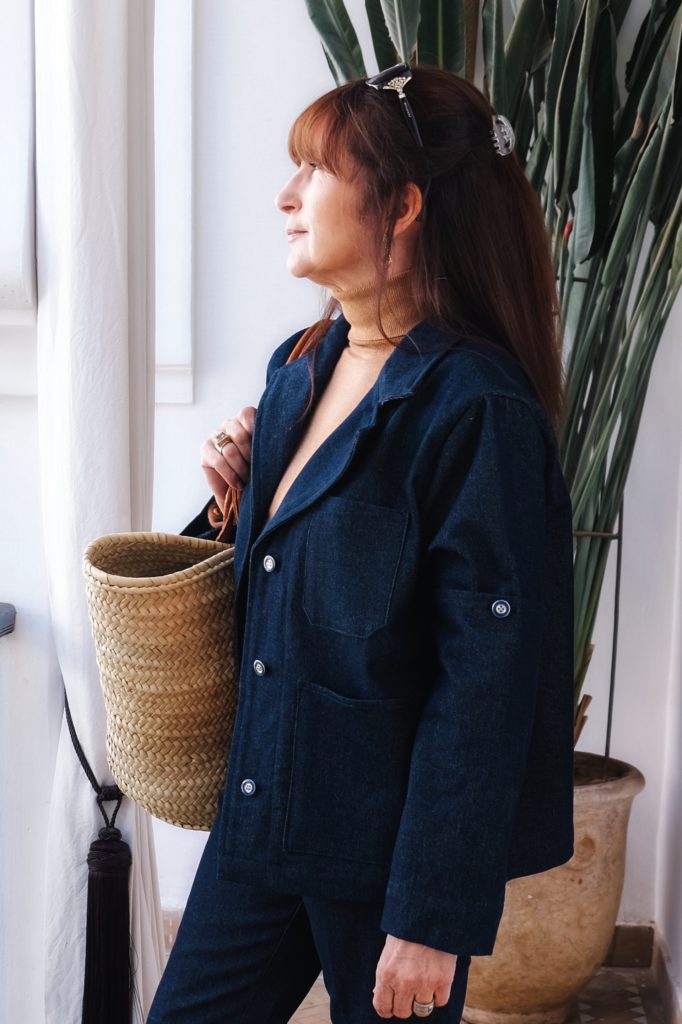
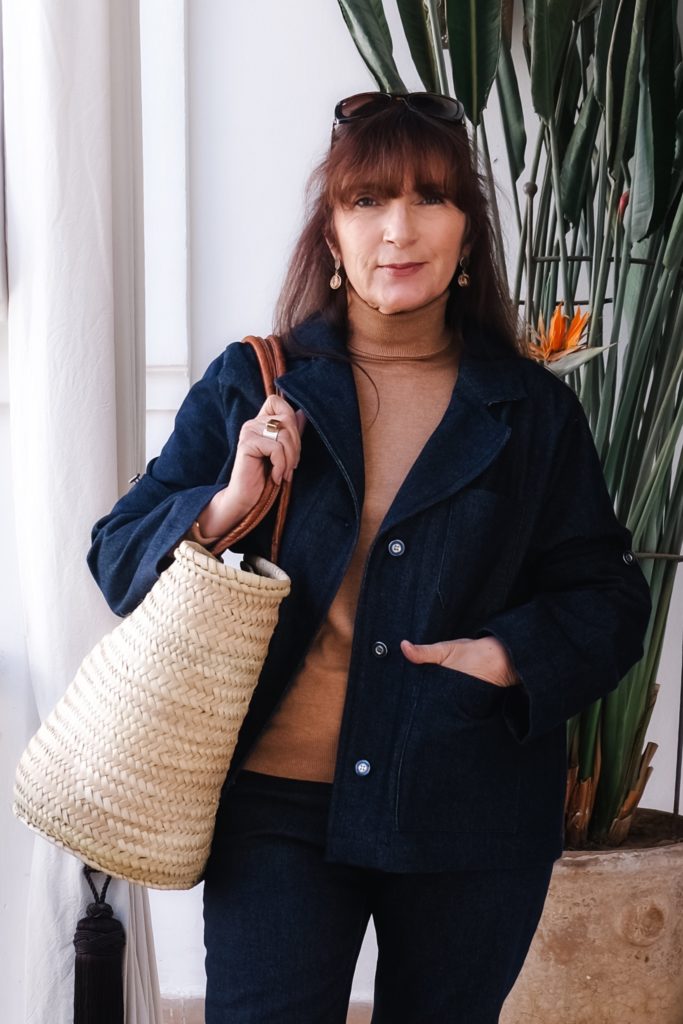
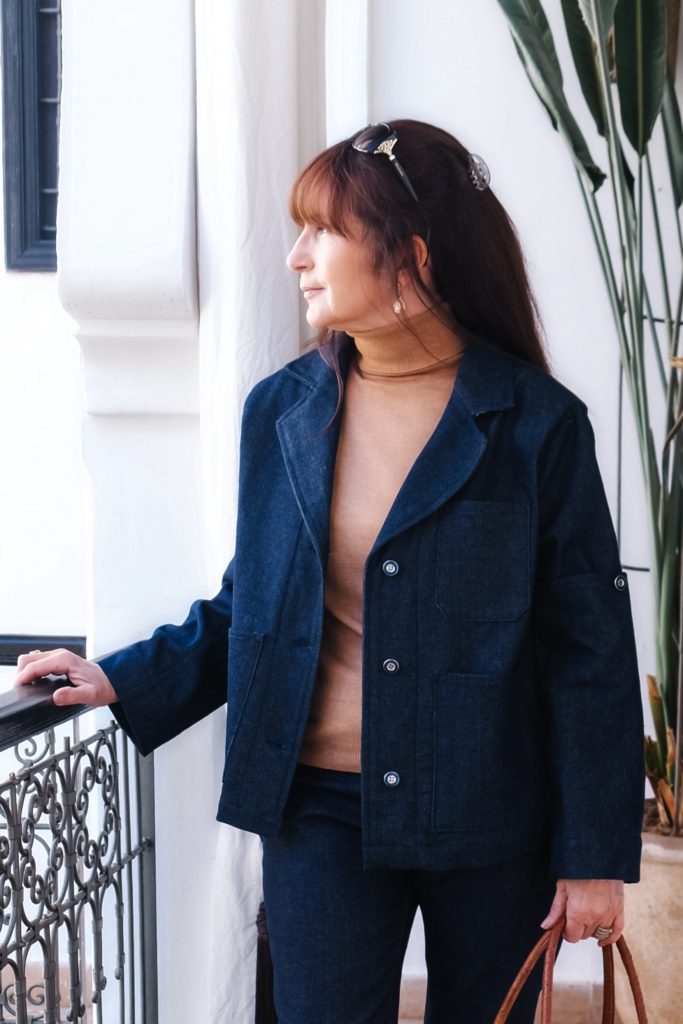
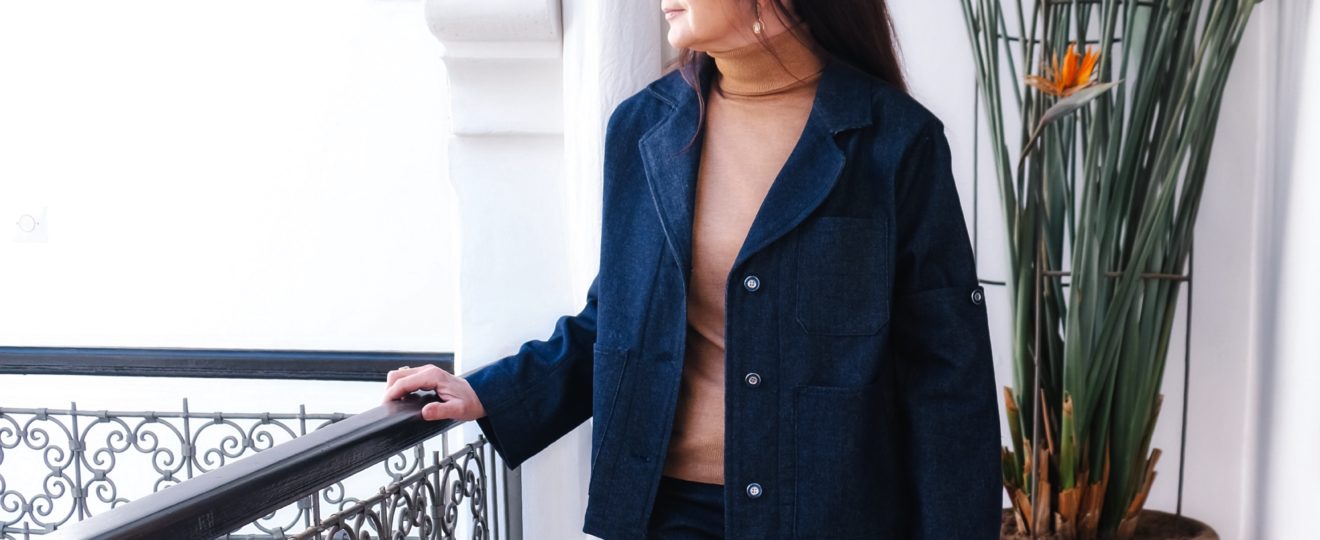
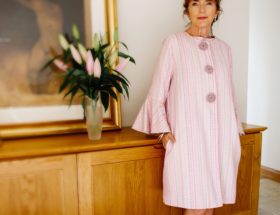
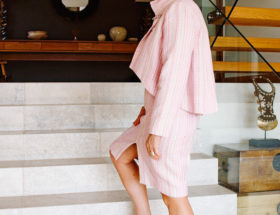
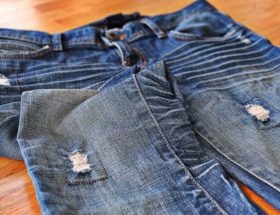

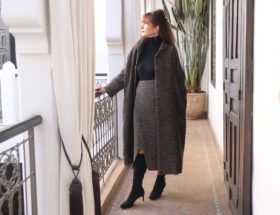
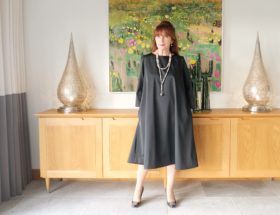
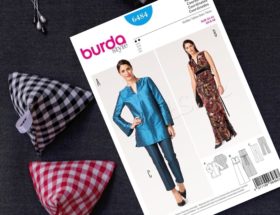

Leave a Reply